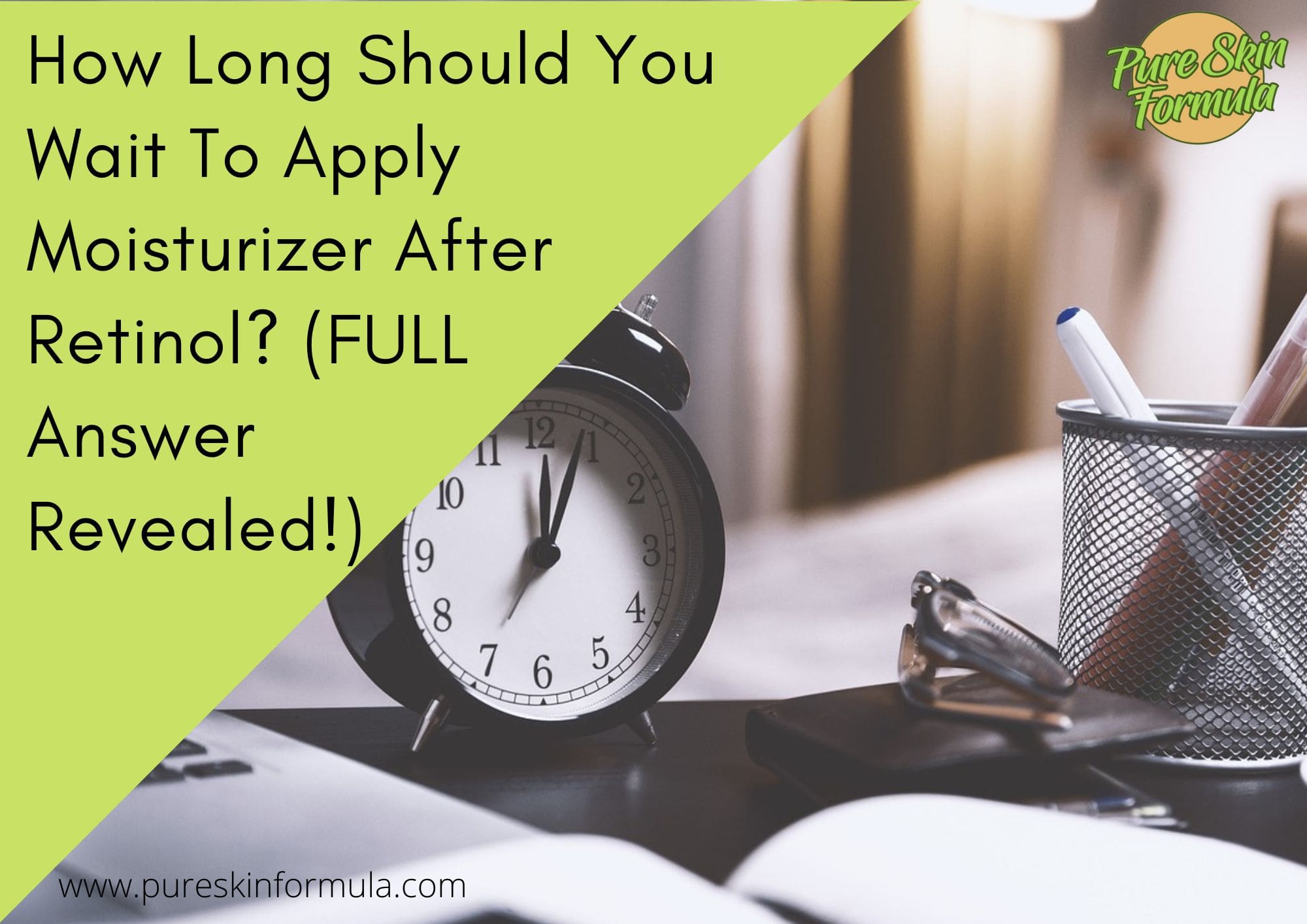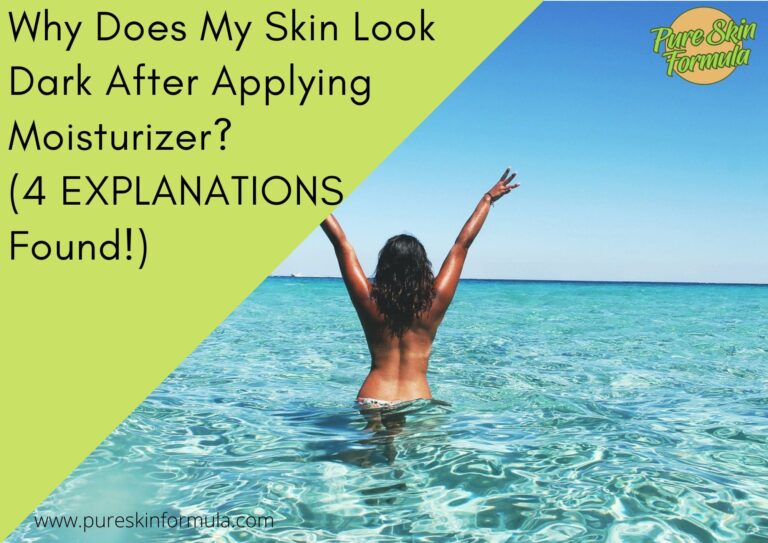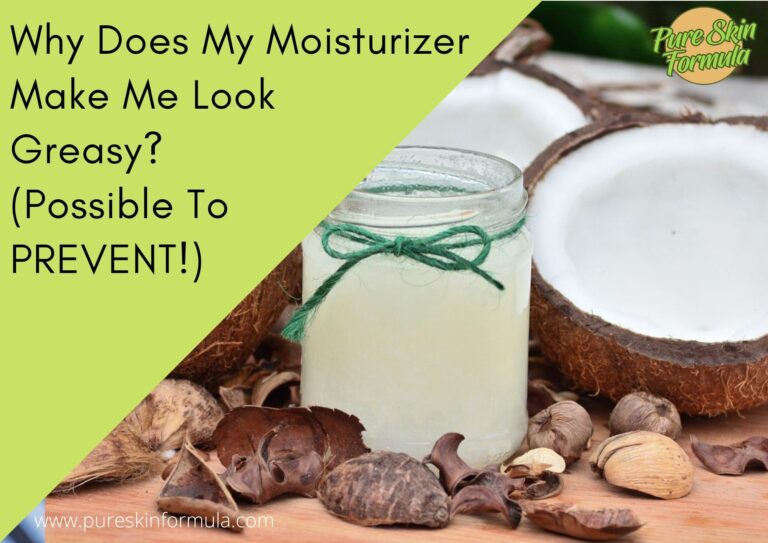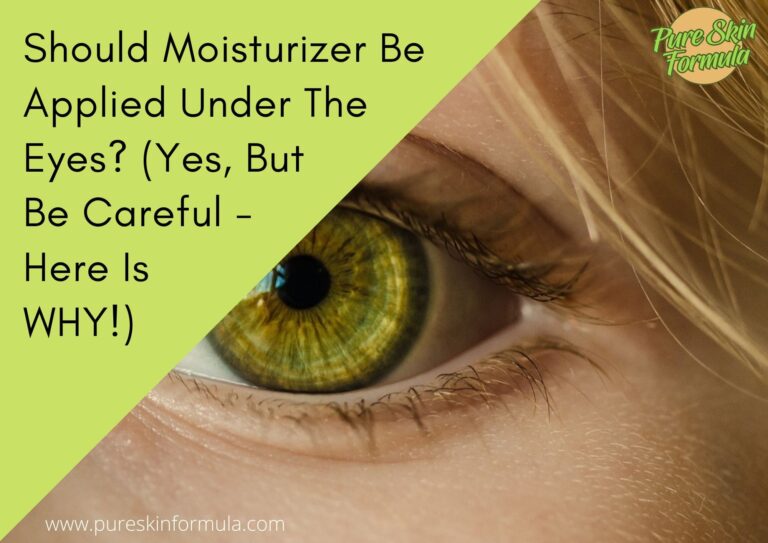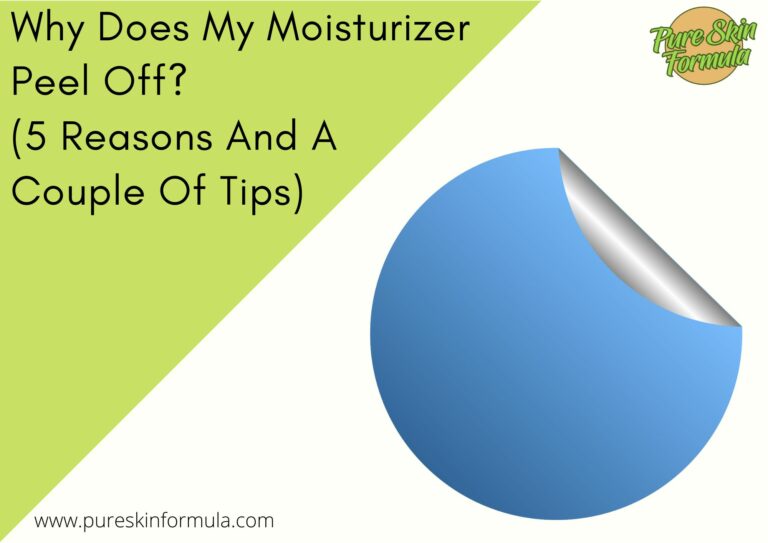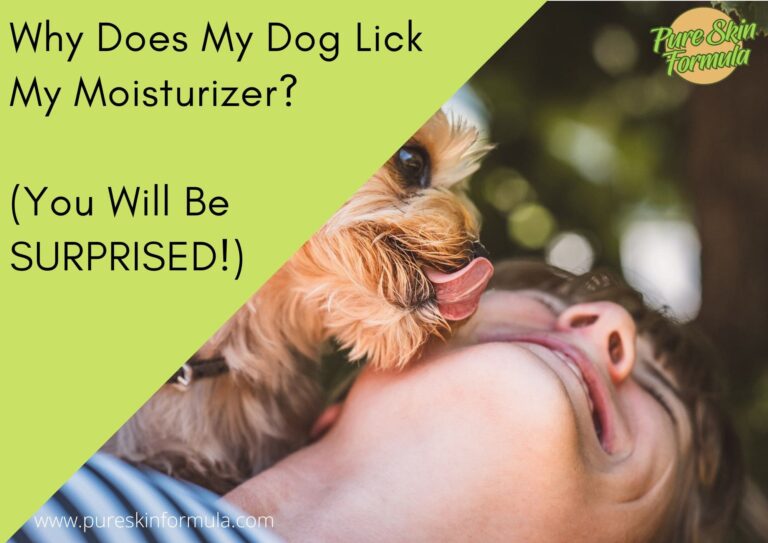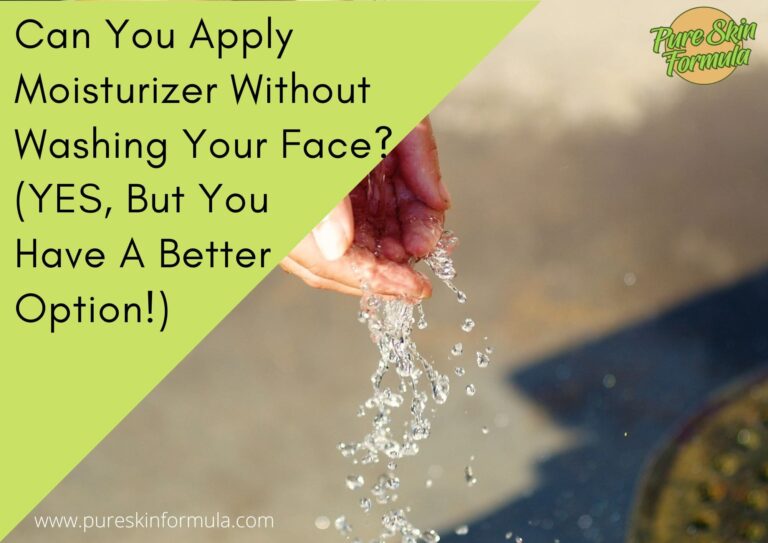Yes, retinol is a vitamin A derivative that is commonly used in skincare products. It is an antioxidant that helps reduce the appearance of wrinkles, fine lines, and other signs of aging and helps reduce acne.
It works by encouraging cell turnover, which helps to reduce the buildup of dead skin cells. That is why knowing the proper timing to apply it is essential. Today I will cover the following question:
How long should you wait to apply moisturizer after retinol?
Typically, after applying retinol product, you could wait around 20 minutes before applying moisturizer.
Thus you will allow the retinol to be fully absorbed into the skin. Otherwise, it may dilute its effectiveness or irritate the skin.
It is also essential to use a gentle, non-irritating moisturizer suitable for your skin type after using retinol, as it can sometimes cause dryness or flakiness.
Let’s dig deeper.
What is retinol, and how does it work?
It is a type of retinoid, a class of compounds derived from vitamin A.

Retinol is a less potent form of retinoid than prescription-strength retinoids like tretinoin. However, it is still effective in improving the appearance of fine lines and wrinkles, uneven skin tone, and texture.
Retinol penetrates the skin and stimulates collagen production, a protein that gives skin elasticity and firmness.
It also helps to increase skin cell turnover and has antioxidant properties that help to protect the skin from damage caused by free radicals and environmental stressors.
You can find retinol in various skincare products, such as creams, serums, and oils. A good practice is to start with a small quantity and gradually increase it to explore your skin’s reaction.
What are the potential retinol benefits for the skin?
- It reduces the appearance of fine lines and wrinkles, stimulating collagen production.
- It Improves skin texture, making it smoother and more even.
- It reduces the appearance of dark spots and hyperpigmentation by inhibiting melanin production.
- It prevents acne by unclogging pores and reducing inflammation.
- It helps increase the rate at which skin cells are shed and replaced, leading to brighter, more youthful-looking skin.
A lot of good stuff. But let’s see some of the potential issues related to retinol usage.
What are the potential retinol disadvantages for the skin?
It can cause skin irritation, including redness, peeling, and flaking. This is more probable at the beginning of retinol usage or when using a higher concentration.

Start with less and gradually work up to know what works best for you.
It can increase the skin’s sensitivity to the sun, thus making sunburn and skin damage easier. Using sunscreen is a good protection option.
It can dry the skin, especially at the beginning. Here comes the role of the moisturizer to help.
It would help to avoid retinol and other retinoids during pregnancy or while breastfeeding, as they may harm the developing fetus or infant.
In addition, retinol may need some time (weeks or even months) to show noticeable results. Just be patient and consistent.
Why do we need some time between retinol and moisturizer?
It is good to allow the complete absorption of retinol from the skin, as it can penetrate deeply into the skin.
If you apply moisturizer too soon after using retinol, it may dilute its effectiveness or can irritate the skin.
What to avoid and not to avoid in moisturizers when using retinol?
When using retinol, choosing the right moisturizer that won’t counteract the benefits of retinol or cause skin reactions is essential.
Here are some ingredients to avoid in moisturizers when using retinol:
Fragrance can be irritating to the skin. Combination with retinol might boost this feeling. Look for fragrance-free moisturizers to prevent any potential irritation.
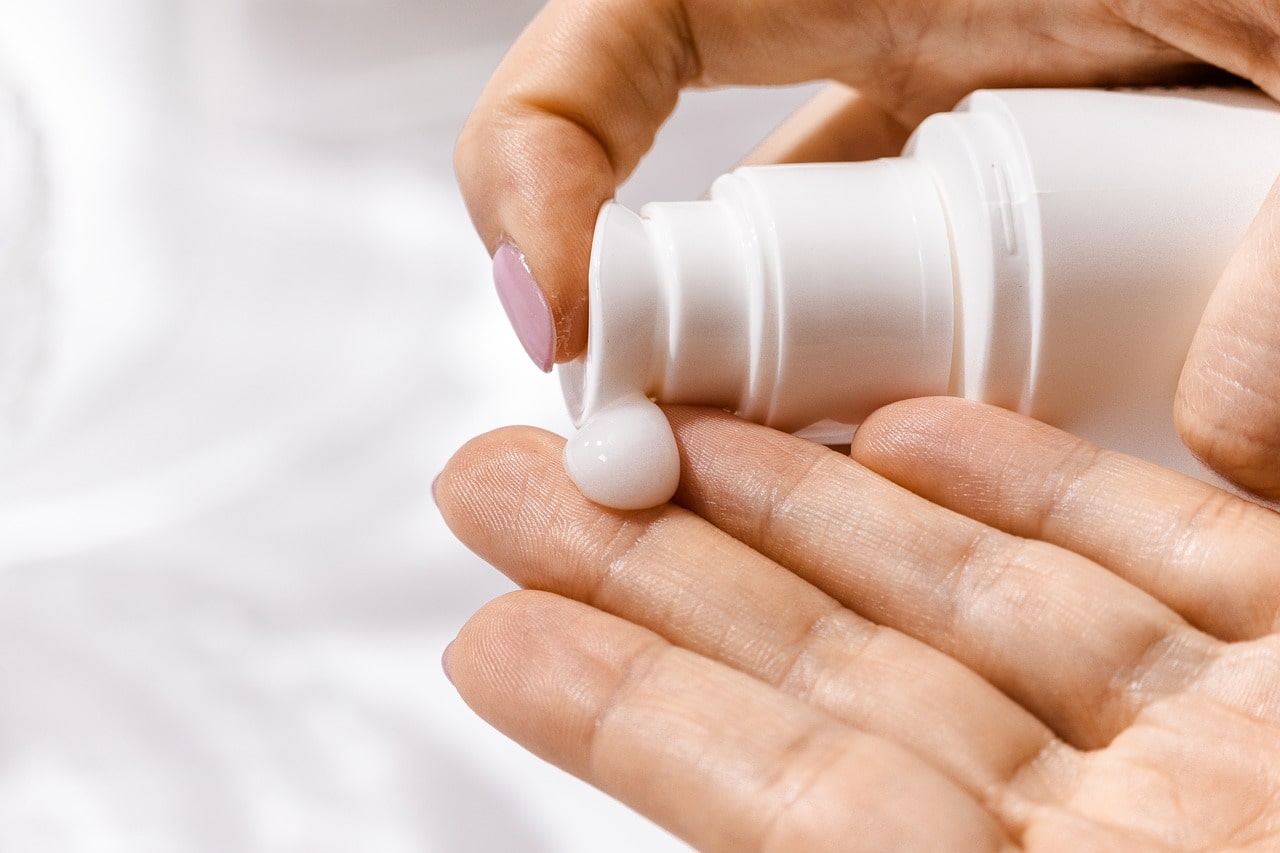
Moisturizers that contain physical scrubs or chemical exfoliants, like glycolic acid or salicylic acid, can be harsh on the skin when used with retinol.
Alcohol can dry the skin; this effect can double if combined with retinol.
Avoid using moisturizers that contain other forms of Vitamin A, such as retinoids or retinyl palmitate.
They can cause skin irritation and increase the risk of side effects when used with retinol.
Avoid using moisturizers that contain solid and active ingredients, such as alpha-hydroxy acids (AHAs) or beta-hydroxy acids (BHAs).
Paired with another active ingredient as, retinol, it might be too much for the skin.
Some good combinations are:
Retinol and hyaluronic acid.
Hyaluronic acid is an excellent moisturizer that works by slowing the evaporation of water from your skin. It soothes and smooths your skin, which can help counteract some irritating effects of retinol use.
Retinol and niacinamide.
Niacinamide is a vitamin B3 derivative that may have benefits for clearing acne and reducing the signs of aging. It also helps protect your skin and can help counteract the irritating side effects of retinol.
Choose the right moisturizer for your skin type
The oil-in-water emulsion is suitable for normal to combination skin. It has around 75% water and 20% oil in its formula, while the emulsifier is 5%.
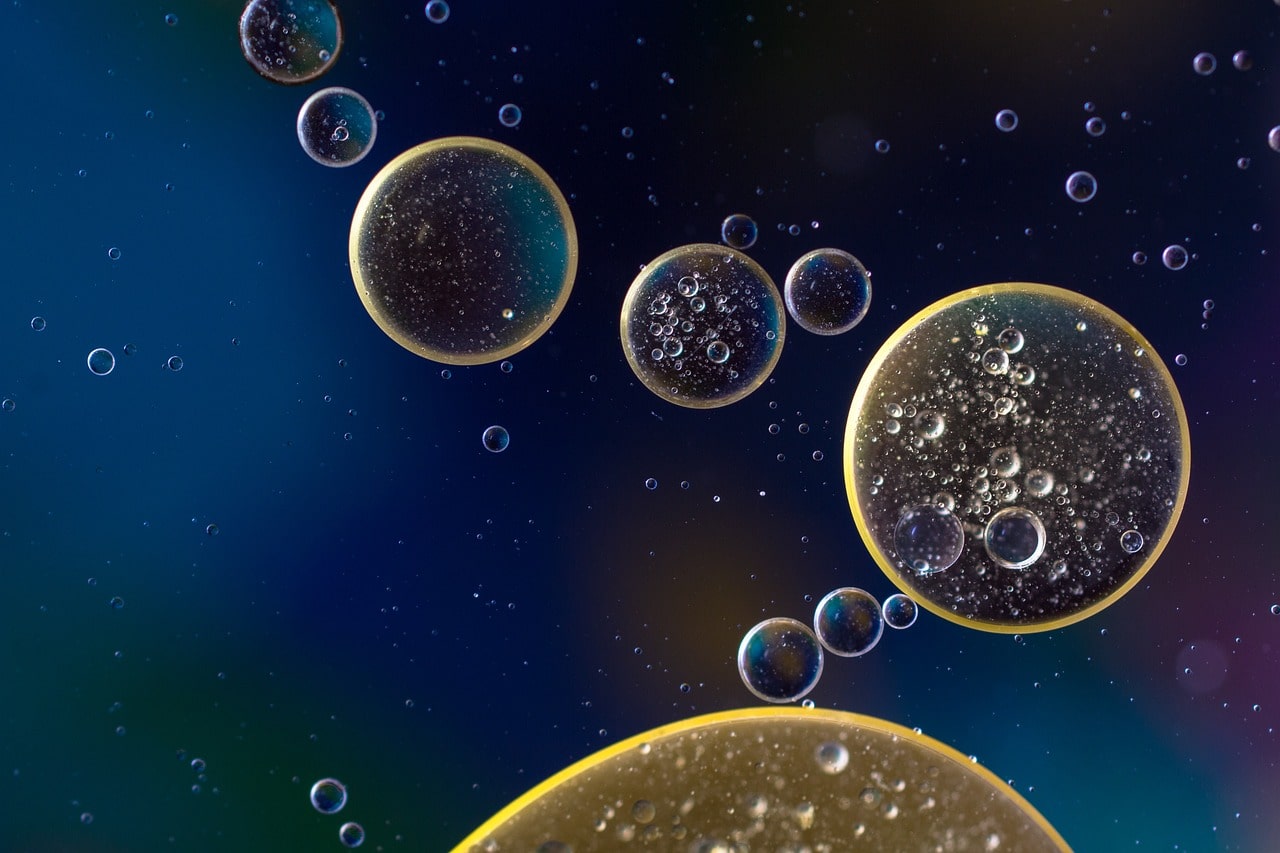
When blending the substances, you slowly put the oil in the water. This is how water-based moisturisers are formed. They are more liquid in consistency.
The water-in-oil emulsion is suitable for dry skin. The formula has 30-40% oil and 50 – 65% water.
When blending the substances, you slowly put water in the oil.
This is how oil-based moisturizers are formed. They are thicker and heavy in consistency.
To wrap it up
it’s essential to follow proper application guidelines when using retinol to minimize the risk of skin reactions and maximize its potential benefits.
With this regard, it is good that there are some 20 minutes between retinol and moisturizer.
This allows the retinol to fully penetrate the skin and do its job without interfering with other products.
It’s also essential to choose a gentle, non-irritating moisturizer that won’t counteract the effects of retinol or cause skin reactions.
Thank you for reading!
Valeria

